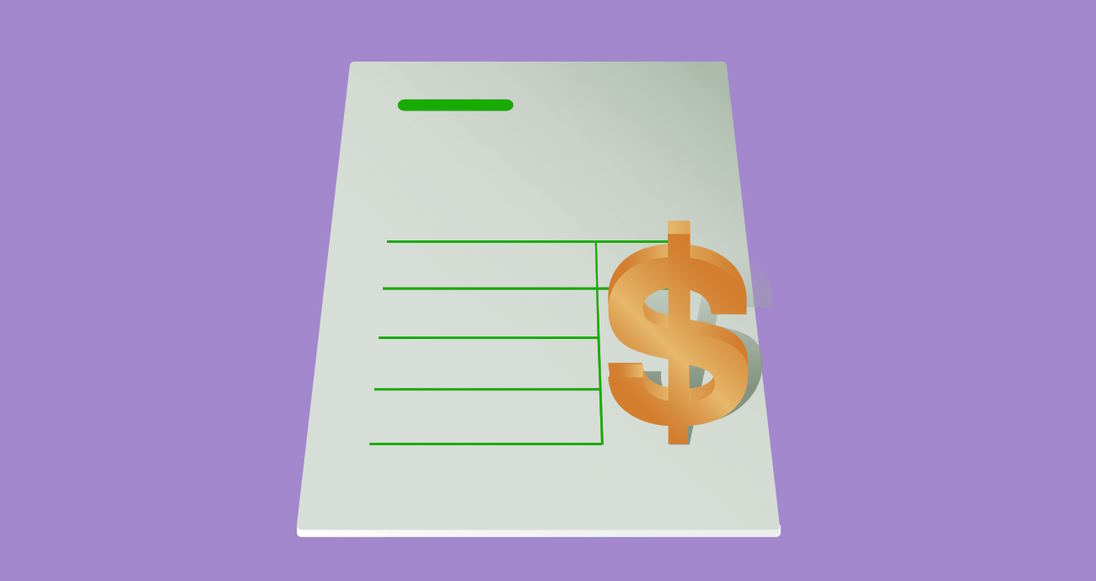As the freelance economy continues to grow, more and more professionals are taking the leap into freelancing as a way to gain flexibility and control over their careers. One of the critical aspects of freelancing success is setting your rates appropriately. However, finding the sweet spot for pricing your services can be challenging. Set your rates too low, and you risk undervaluing your skills and struggling with unsustainable income. Set them too high, and you may alienate potential clients and face tough competition. In this article, we will explore the factors to consider when setting your rates, the risks of underpricing and overpricing your services, effective pricing strategies for freelancers, tips for communicating your rates to clients, and the importance of periodic review and adjustments. By the end of this article, you will have valuable insights to help you determine the right pricing strategy for your freelance business and thrive in the competitive world of freelancing.
Finding the Sweet Spot: Pricing Strategies for Freelancers
As a freelancer, one of the most critical decisions you’ll need to make is how to price your services effectively. There are several pricing strategies to consider, and finding the right one for your business can be a game-changer. Here are six pricing strategies that can help you find the sweet spot and ensure you are fairly compensated for your work.

- Value-based pricing: This strategy involves focusing on the unique value you bring to your clients. Instead of basing your rates solely on time spent or expenses, you consider the outcome or impact of your work. You can charge a premium for your specialized skills, expertise, and the value your services provide to your clients’ businesses.
- Hourly rates: Calculating your desired hourly rate based on your expenses and financial goals can be a straightforward approach. You can consider your overhead costs, desired income, and the number of hours you plan to work in a month to determine your hourly rate. However, it’s essential to track your time accurately and consider the potential impact of unexpected delays or revisions.
- Project-based pricing: For larger or more complex projects, you may choose to charge a flat fee based on the scope and complexity of the work. This approach requires careful assessment of the project requirements and potential risks. It can provide clarity to your clients and allow you to earn more for your expertise and efficiency.
- Retainer pricing: If you offer ongoing services to clients, you can consider retainer pricing. This involves offering a fixed monthly rate for a set number of hours or services. This approach provides predictable income and establishes a long-term relationship with your clients.
- Packages and bundles: Creating attractive packages or bundles of services can incentivize clients to choose a higher-priced package that includes additional benefits or services. This can help you increase your overall revenue and encourage repeat business from satisfied clients.
- Negotiation and flexibility: Being open to negotiations and adjusting your rates for long-term clients can be a useful strategy. It can help you build trust and rapport with your clients and foster long-term partnerships.
Tips for Communicating Your Rates to Clients
As a freelancer, effectively communicating your rates to clients is essential to establish transparency and build trust. Here are some tips to help you communicate your rates with professionalism and confidence.
- Clearly state your rates: Make sure to clearly outline your rates in your proposals, contracts, and on your website. Avoid ambiguity or hidden fees that can lead to misunderstandings later on. Be transparent about your pricing structure, whether it’s hourly, project-based, or retainer-based, and provide a breakdown of what is included in each rate.
- Explain the value and benefits: When communicating your rates, focus on the value and benefits that clients will receive from your services. Explain how your expertise, skills, and experience will contribute to their success and help them achieve their goals. Highlight the outcomes and results they can expect from investing in your services, and how it will positively impact their business.
- Offer transparency and flexibility: Be open and transparent about your pricing, and be willing to explain how you arrived at your rates. If possible, offer flexibility in your pricing to accommodate different budgets or specific client needs. Consider offering different packages or options to give clients choices and make it easier for them to select the one that fits their requirements.
- Be confident and professional: When discussing rates with clients, exude confidence and professionalism. Clearly communicate your worth and the value you bring to the table. Avoid apologizing for your rates or underselling yourself. Stand firm on your pricing while maintaining a respectful and professional tone.
- Handle objections and negotiations professionally: Be prepared to handle objections or negotiations from clients. Listen to their concerns and address them with professionalism and patience. Offer logical explanations for your rates and be willing to negotiate within reasonable limits. Keep in mind your bottom line and the value you bring to the project.



